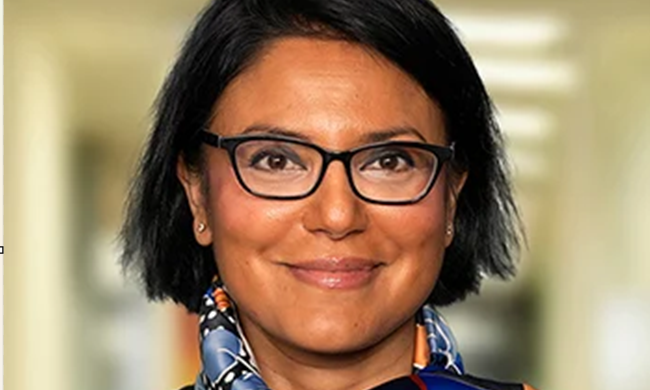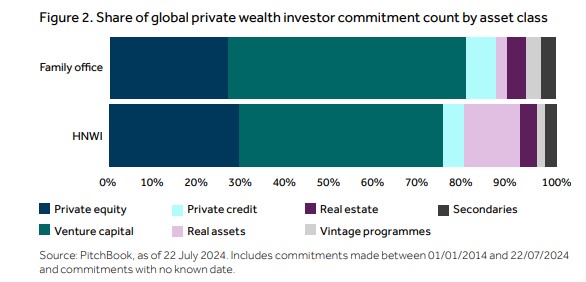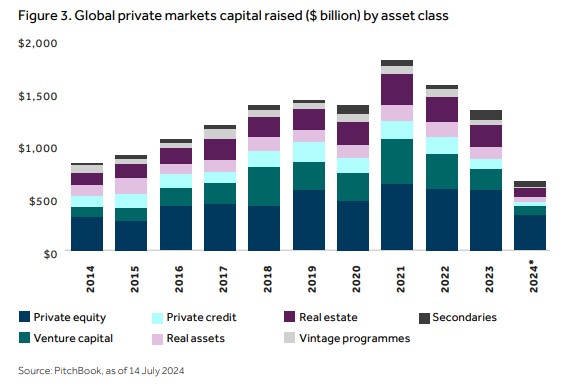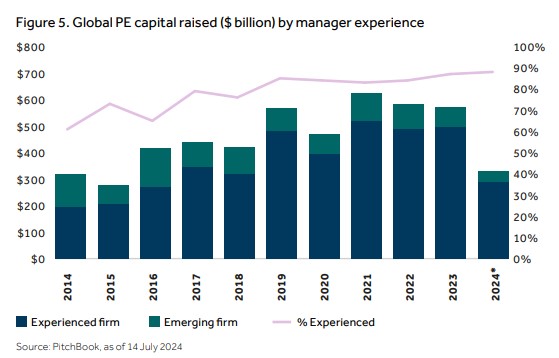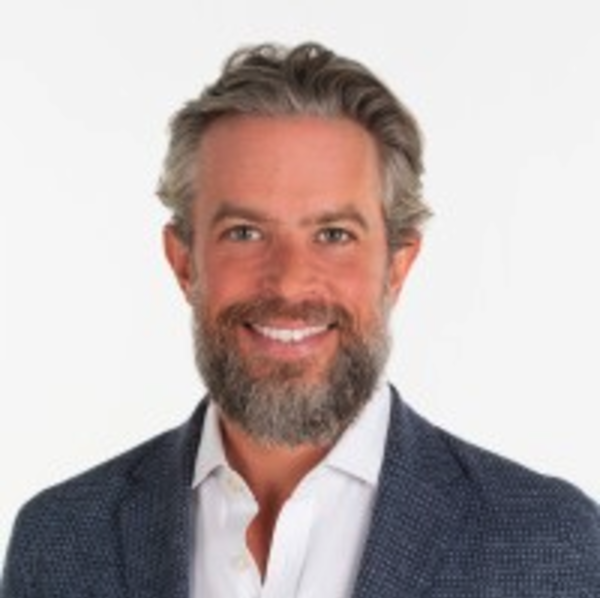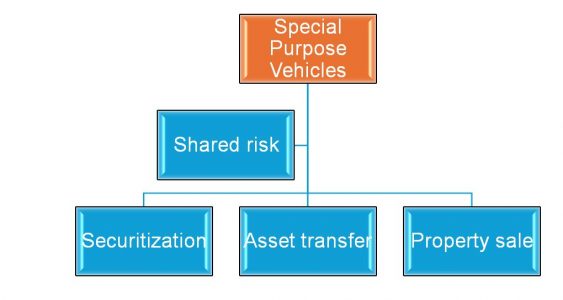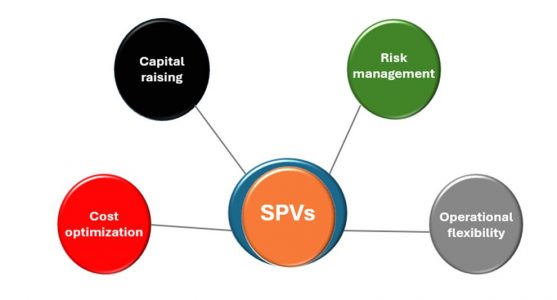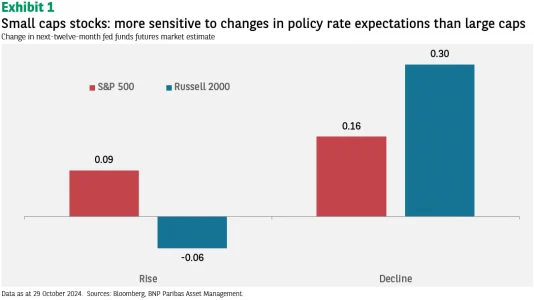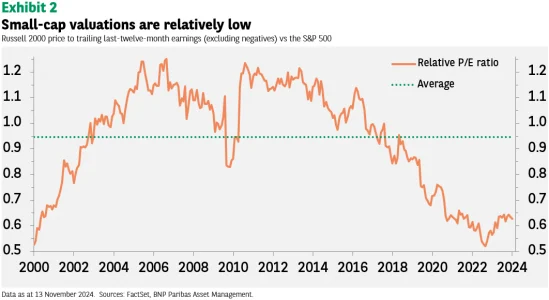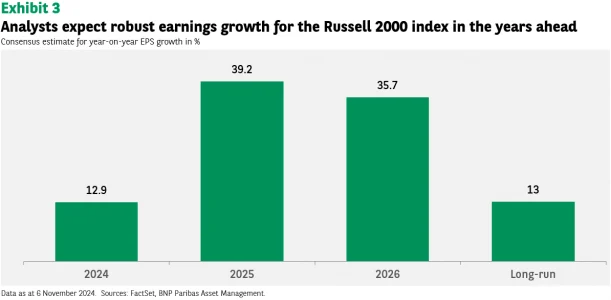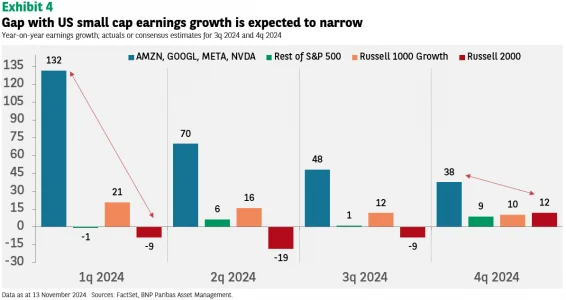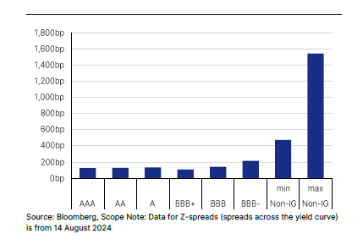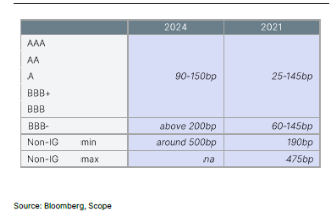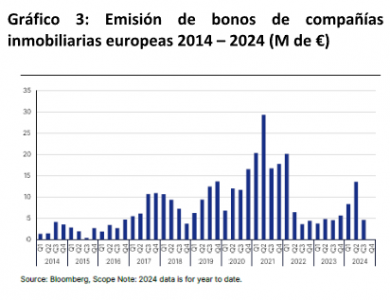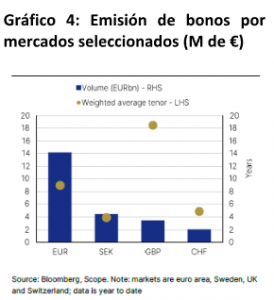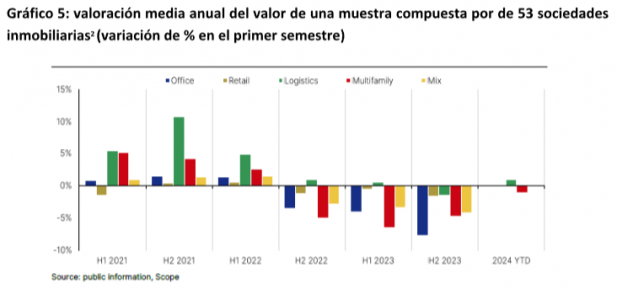Structured Capital I: The Controversial Fund that Complicates LarrainVial in Chile
| By Amaya Uriarte | 0 Comentarios

This month marks one year since Chile witnessed the simultaneous eruption of a financial scandal involving false invoices, the brokerage firm STF Capital, and the factoring company Factop, along with a major corruption case known as the “Audio Case,” centered around the network surrounding lawyer Luis Hermosilla. The repercussions of these events remain significant in Santiago’s financial arena.
One of the reverberations involves LarrainVial Activos AGF—a management firm specializing in alternative assets and part of the LarrainVial financial group—which became embroiled in controversy due to a fund it launched in late 2022, named Capital Estructurado I. This fund led to charges by the local regulator and a lawsuit for alleged disloyal management.
Currently, the firm is undergoing a sanctioning process led by the Investigation Unit of Chile’s Financial Market Commission (CMF). The CMF has brought charges against LarrainVial Activos AGF, its directors—Andrea Larraín, Sebastián Cereceda, José Correa, Jaime Olivera, and Andrés Bulnes—and its managing partner, Claudio Yañez.
Charges were also brought against STF Capital Corredores de Bolsa—already fined last year by the CMF—and its CEO, Luis Flores, as well as Álvaro Jalaff Sanz, Antonio Jalaff Sanz, and Cristián Menichetti Pilasi.
While the details of the charges remain confidential, the CMF questioned aspects of how the investment vehicle was managed and structured. The charges focus on the structuring, marketing, and valuation of Capital Estructurado I.
Background of the Fund
Capital Estructurado I was created to pay Antonio Jalaff’s debts and convert them into an indirect stake in the renowned real estate holding Grupo Patio. Launched in late 2022 and operational from January 2023, the fund aimed to finance Jalaff’s debts through Inversiones San Antonio, totaling approximately 25 billion pesos (about $26 million). In exchange, the fund would acquire a 3.87% indirect stake in Grupo Patio SpA.
Issues with Fund Structuring
The fund offered two series of shares: Series A, for creditors of San Antonio, allowing them to exchange their debts for the possibility of becoming indirect shareholders of Patio, and Series B, for non-creditor investors brought in by STF Capital on behalf of clients. This structuring led to complaints against the manager and broker, accusing them of acting to the detriment of end clients.
The fund’s purpose, as outlined by the manager, was to “invest directly or indirectly in instruments representing (i) equity of Inversiones Santa Teresita SpA and the Fondo de Inversión Privado 180 or (ii) debt or equity of entities or funds with direct or indirect participation in the vehicles.”
Legal and Financial Repercussions
In addition to regulatory scrutiny, the situation prompted a lawsuit from 23 investors accusing LarrainVial Activos AGF of disloyal management, alleging the firm knew of Jalaff’s precarious financial situation when marketing the fund. The process is ongoing.
The case also attracted attention from the Risk Rating Commission (CCR), which mentioned the CMF’s proceedings against LarrainVial Activos in its October report. The CCR maintained approval for AFPs (pension funds) to invest in three other LarrainVial funds while the situation remains under review.
The value of fund units has sharply declined, plummeting from 27,577.5 pesos ($28.3) in November 2023 to 4,538.8 pesos ($4.7) by September 2024—a drop of 83% in one year.
Statements from LarrainVial Activos AGF
The firm expressed “confidence in the process,” emphasizing its adherence to high standards in fund creation and management. It reiterated its commitment to acting transparently and in compliance with regulations, highlighting that all investors were thoroughly informed about the fund’s characteristics, risks, and terms. The firm continues to evaluate actions to safeguard the vehicle’s assets and its investors’ interests.
Challenges Facing STF Capital
STF Capital Corredores de Bolsa faces a more precarious situation. In March 2023, the CMF suspended its operations due to financial reporting and capital requirement violations. By August, the regulator imposed a fine of 13,500 UF (approximately $382,610) and canceled its registrations, critical for operating in Chile’s financial market.
Regarding Capital Estructurado I, STF Capital is accused of prioritizing its claims and benefiting at the expense of other parties. The firm insists it is preparing evidence to refute the charges. However, financial difficulties have led its CEO, Luis Flores, to proceed without legal representation.
In October 2024, the Court of Appeals upheld fines against the brokerage and its executives. The CMF fined Flores 10,800 UF ($306,090) and imposed penalties of 9,000 UF ($255,070) each on Ariel and Daniel Sauer, owners of the controversial factoring company Factop.
The Factop Connection
Factop is implicated in a network of corruption and fraud involving thousands of false invoices. STF Capital maintains that its minority shareholders, Flores and Sebastián Somerville, have acted independently of Factop’s controlling shareholders, Ariel and Daniel Sauer, since March 2023. The firm is pursuing appeals, including at the Supreme Court, to separate itself from allegations tied to its controlling partners.
Flores, seeking leniency through a whistleblower program, claims the penalties imposed on STF Capital and himself far exceed those levied on the Sauer brothers, calling this disparity unjust.
Ongoing Investigations
The complex situation intertwines with other cases, including Factop’s alleged corruption and fraud network and the Jalaff brothers’ suspected involvement in false invoice schemes. The matter continues to unfold across multiple legal and regulatory fronts.


